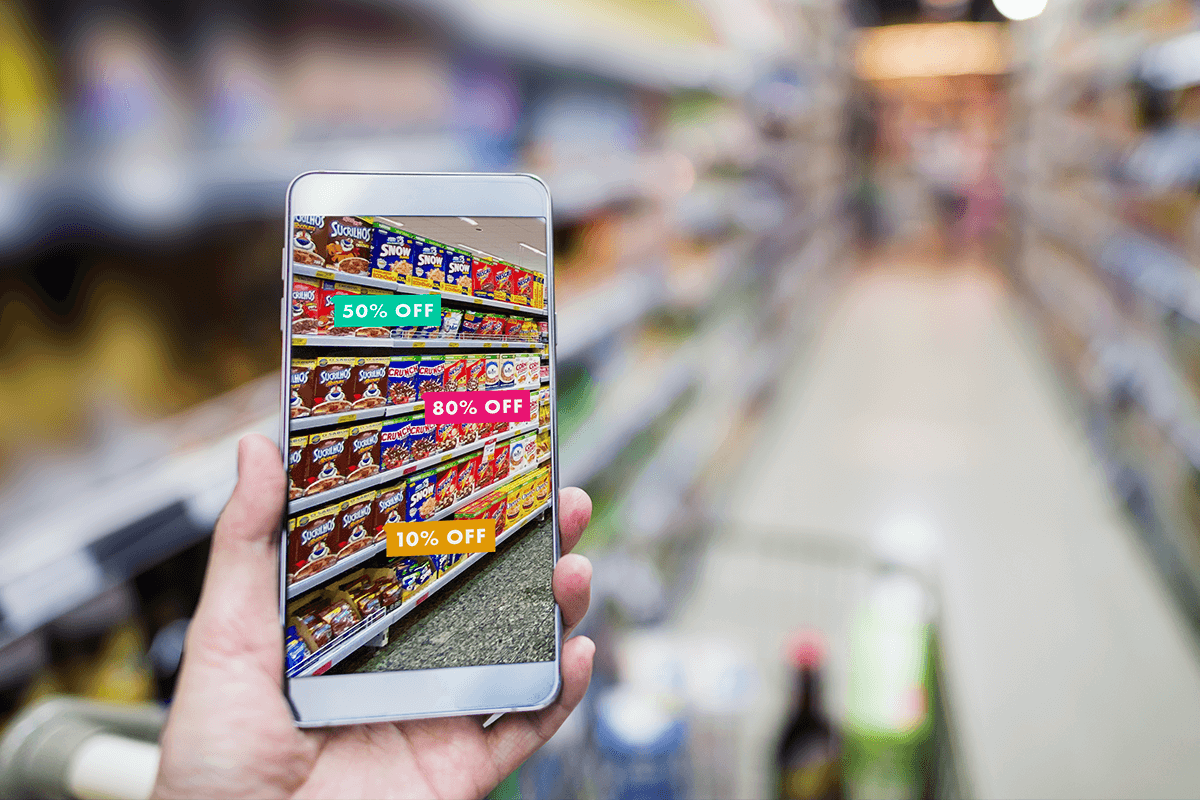Virtual shopping refers to an e-commerce service that enables customers to browse and purchase items online as they would in a physical store. At its core, virtual shopping uses technology to replicate the human interaction typically experienced in a retail environment. This is accomplished through channels such as live chat, video chat, and co-browsing, allowing customers to engage with customer service representatives or contact center agents who are either working remotely or in-store.
By leveraging these virtual channels, retailers aim to provide a seamless and personalized shopping experience, bridging the gap between online and in-person interactions.
Virtual Shoppers: A Rising E-Commerce Trend
The concept of virtual shopping has gained traction over the years, but the COVID-19 pandemic was a significant catalyst in making virtual stores mainstream. During the pandemic, lockdowns worldwide led to a surge in online shopping. For instance, between March 2020 and February 2021, 75% of UK shoppers reported shopping more online.
With physical stores experiencing reduced foot traffic and more customers avoiding public spaces, the shift towards digital platforms became more pronounced. Retailers quickly adapted to the growing online sessions by adopting advanced communication tools to connect with customers virtually.
How Does a Virtual Store Work?
A virtual store integrates an e-commerce platform with live chat, video chat, and other interactive contact channels. This setup allows businesses to engage with online customers as if they were in a physical store. Virtual shopping assistants are then able to provide product details, advice, and personalized guidance, offering a tailored shopping experience.
What is a Virtual Shopping Assistant?
A virtual shopping assistant is a contact center agent or customer service representative who helps customers through virtual means, primarily using video chat and live chat. Some retailers also use mobile video chat to connect in-store sales associates with online shoppers, enhancing the customer service experience.
In-Store Virtual Assistants
One of the major benefits of virtual shopping is its ability to blend online and offline experiences seamlessly. For example, retailers using platforms like Talkative can equip their in-store staff with mobile tablets, connecting them to e-commerce platforms. This allows store associates to assist online customers during store downtime, providing real-time sales support and demonstrating physical products. This dual capability benefits both customers and employees, enhancing job satisfaction and customer engagement.
Customer Service vs. Clienteling
Virtual stores blur the lines between traditional customer service and clienteling.
Customer Service: Traditionally involves reactive support, such as answering specific questions from customers. This is crucial for customer satisfaction but often lacks a personalized touch.
Clienteling: Goes beyond basic service by offering proactive and personalized interactions. In a retail setting, clienteling involves greeting customers, assisting them with their browsing, and building long-term relationships. Virtual clienteling extends this personalized approach online, allowing businesses to maintain customer relationships through follow-ups and additional contact.
The Virtual Store in Practice
To illustrate the effectiveness of virtual shopping, consider Outdoor Voices, a US brand specializing in technical apparel. By utilizing Talkative’s video chat, Outdoor Voices’ in-house stylists can provide personalized clienteling both in-store and online. This approach not only enhances customer engagement but also improves employee satisfaction.
The Benefits of Virtual Store Shopping
- Adds a Human Touch: Virtual shopping adds a personal element to online interactions, addressing issues like shopping cart abandonment and low retention. With 94% of customers rating video chat positively, it creates a stronger connection between customers and brands.
- Increases Convenience: Video chat offers a faster and more convenient shopping experience compared to traditional methods. It allows customers to receive in-store service from anywhere, with video chat interactions averaging just six minutes, compared to ten minutes for live chat.
- Boosts Sales: Virtual shopping can increase online conversions and average order values. Customers using video chat have been shown to spend 30% more on average, as virtual assistants can provide a more personalized and engaging checkout experience.
- Enhances Word of Mouth: Virtual shopping creates memorable experiences that encourage customers to share their positive interactions, leading to increased brand awareness and new customer acquisition.
- Supports Physical Stores: Virtual shopping complements physical stores by providing a preview of what to expect in-store, encouraging real-life visits. It helps merge online and offline channels, supporting the growth of both.
In summary, virtual shopping represents a significant advancement in e-commerce, offering a personalized, efficient, and human-centered approach to online retail. By integrating advanced communication tools and embracing the virtual clienteling model, retailers can enhance customer satisfaction, boost sales, and effectively blend their online and offline presence.
